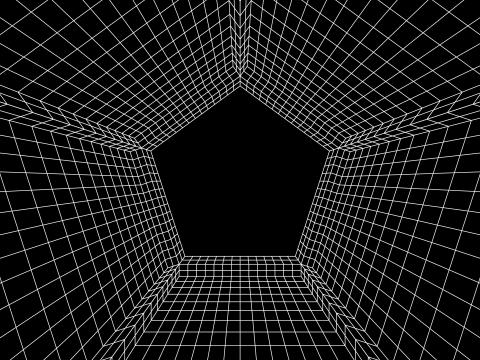NATO Testing Intelligence, Surveillance and Reconnaissance Capabilities
Representatives from the U.S. Army and Air Force, along with 17 NATO nations and three partner nations, will participate in a joint reconnaissance trial at Orland Air Station in Norway May 19-28 to test and evaluate intelligence, surveillance and reconnaissance (ISR) concepts and technologies. The Unified Vision 2014 (UV14) trial will be NATO’s largest-ever ISR trial and will be used as a major stepping stone to provide NATO warfighters with an enhanced set of ISR capabilities.
Unified Vision 14 will make use of sensors both onsite and remotely accessed from locations throughout various NATO nations, spanning across Europe and North America. The trial will combine multiple ISR systems that will enable real-time decision making. More than 2000 participants are expected to attend the trial, operating a mixture of aerial, ground and maritime surveillance and reconnaissance assets, as well as numerous intelligence processing, exploitation and dissemination systems. “For UV14, we’re going to focus a lot on the command and control of ISR,” explains Lt. Col. Matthew Martin, USAF, UV14 joint task force commander.
The trial will include the assets associated with a full joint task force (JTF), including a JTF headquarters and operations center to monitor and coordinate the operation. It will include land, maritime and special operations components. “At the joint level, we will also have a joint all-source information center, and their job will be a joint level ISR analysis cell that will take in ISR data from the components, fuse it with joint data, produce [intelligence reports] and introduce those into the decision making process,” Col. Martin says. Signals intelligence and electronic warfare cells will provide a high level of situational awareness about the status of all joint ISR and electronic warfare forces, he adds.
The trial will serve as an opportunity to put to practice lessons learned by NATO nations during the last decade of operating as a coalition force, with the goal of providing guidance for future work programs and technology advancements. It also will be critical to implementing NATO’s commitment to establish an enduring joint intelligence, surveillance and reconnaissance (JISR) capability. It also will affect the Future Mission Network, which will be modeled after the Afghan Mission Network.
The UV14 participating nations sponsor systems, either commercial or government assets, to be tested and considered as part of a future joint capability. “What we’re looking for here are system investments as part of stock taking for joint ISR,” says Richard Wittstruck, chairman of the NATO Joint Capability Group for ISR and deputy program executive officer for intelligence, electronic warfare and sensors, U.S. Army. “Many of the systems that the nations said they would commit, or may commit, in a campaign over the next five years would be the systems they’re bringing.”
The United States, for example, is committing an aircraft to simulate a major unmanned aerial vehicle, such as a Predator or Reaper. U.S. forces also will bring to the trial a number of ground systems for collecting and exploiting ISR data, including unattended ground sensors capable of collecting seismic or acoustic data and providing limited imaging capabilities. “We’re also going to introduce into this trial the use of aerostats,” Wittstruck reports, adding that one aerostat system will be deployed to Norway, the host country for the trial. “That is a NATO training asset that’s being relocated from its training base on the continent up to Norway, and that will do maritime surveillance as well as land surveillance to inform the operational picture.”
The UV14 also will test suites of processing, exploitation and dissemination systems. “The most prominent one is the NATO Intelligence Toolbox, which is used to perform advanced analytics on collected data to bring forward a correlated, if not fused, picture of the battlefield,” Wittstruck offers. Additionally, the U.S. will provide the Distributed Common Ground System family of systems, including Army, Air Force and Special Operations Forces versions of the system. Some will be deployed overseas while others remain stateside.
Lessons learned from the trial also will affect NATO’s Response Force 2016 concept. “This is their force design model of a collection of volunteer nations that will now take the command headquarters control for land, maritime and air, in the event of a campaign. Spain is to command the land component command. The United Kingdom will do the maritime command, and Italy will command the air command, if and when a campaign arises in 2016 and beyond,” Wittstruck explains. “What we’ve done as part of the UV14, is to let each one of those NRF16 nations lead their component.”
The trial will be sponsored by NATO’s Conference of National Armament Directors.




Comments